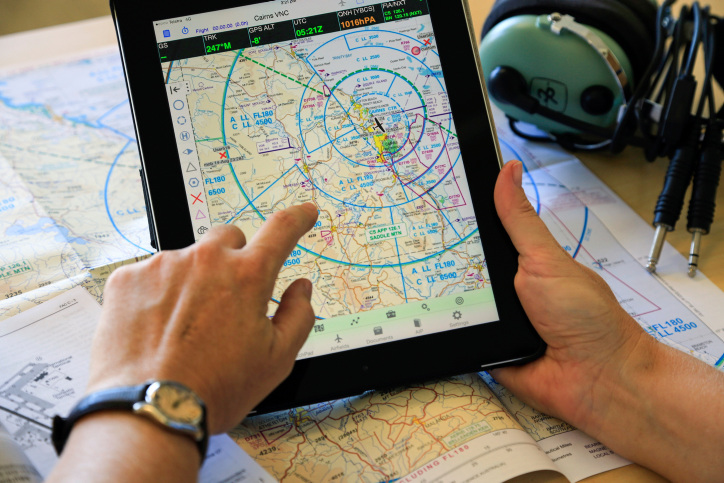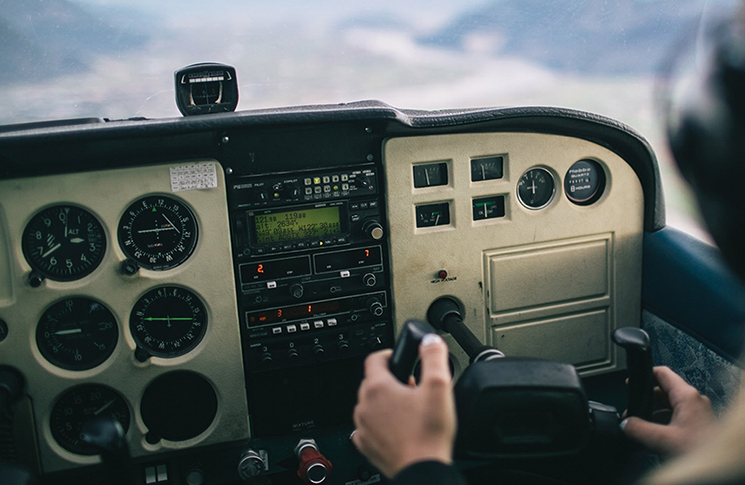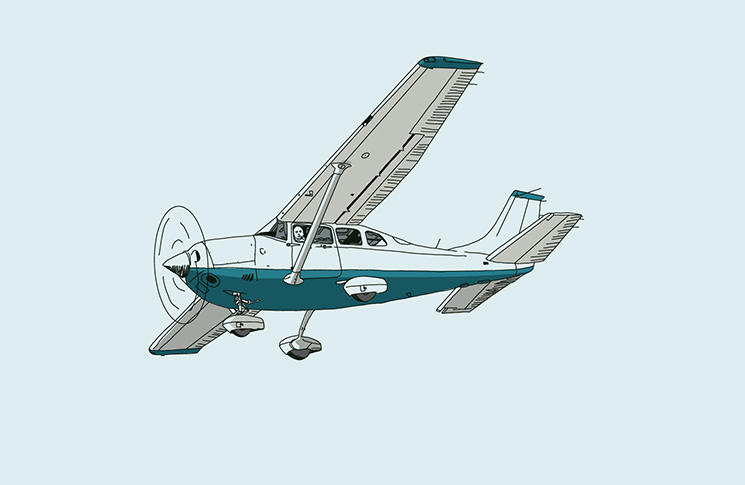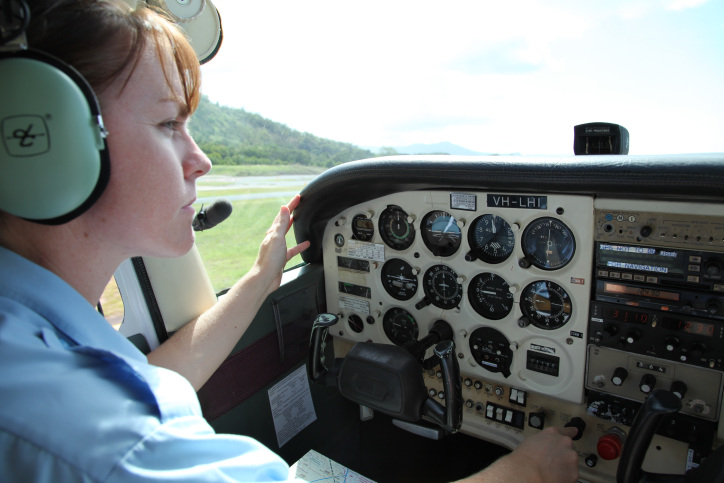Flying into a busy non-controlled airport that shares airspace with Air Transport and commercial operators can be an intimidating experience.
However, with careful preparation and an understanding of traffic management, pilots can navigate these environments safely.
Insights from 2 commercial operators provide practical guidance on preparation, traffic coordination, and effective communication.
Preparation and planning
Thorough preparation is essential when flying into regional airports with commercial operations. Matthew Goodall, Head of Flight Operations at Corporate Air, advises pilots to consider airline schedules and the likely tracks of scheduled transport aircraft.
He suggests the following important planning factors:
- Altitude conflicts: will scheduled transport operations intersect your planned level?
- Runway usage: larger aircraft may operate with up to 10 knots of tailwind.
- Taxiways and backtracking: will larger aircraft require backtracking or specific taxiways due to size limitations?
- Approach type: are they likely to use a straight-in or instrument approach?
Goodall also highlights the importance of checking NOTAMs and using airport websites to identify airline schedules.
Captain Andrew Learmonth, Program Manager – Non-Towered Aerodromes and Q400 Training Captain at QantasLink, underlines the importance of detailed route planning and monitoring the correct frequencies.
’Using the appropriate frequency builds situational awareness and helps to avoid airborne conflicts,’ he explains.
’Listening to area frequencies can also help identify potential traffic conflicts before entering the aerodrome environment. IFR aircraft are required to make ‘all stations’ broadcasts upon leaving controlled airspace, and listening to these broadcasts improves situational awareness.’
While studying airline schedules is beneficial, Learmonth notes that delays can happen in aviation. To prepare for possible delays, pilots should also anticipate the likely origins of arriving aircraft.
’Larger commercial aircraft typically operate from major city airports, such as Sydney, when heading to regional destinations like Wagga Wagga or Dubbo,’ he says.
’Pilots should plan their arrival with this in mind and consider how they would manage their approach or departure if a larger aircraft arrives from these hubs.’
Finally, Learmonth stresses the importance of post-landing planning.
’Pilots should read the ERSA for information about taxiways, hotspots, and terminal restrictions. Preparing a taxi plan and staying updated on airport infrastructure changes via NOTAMs is equally vital.’
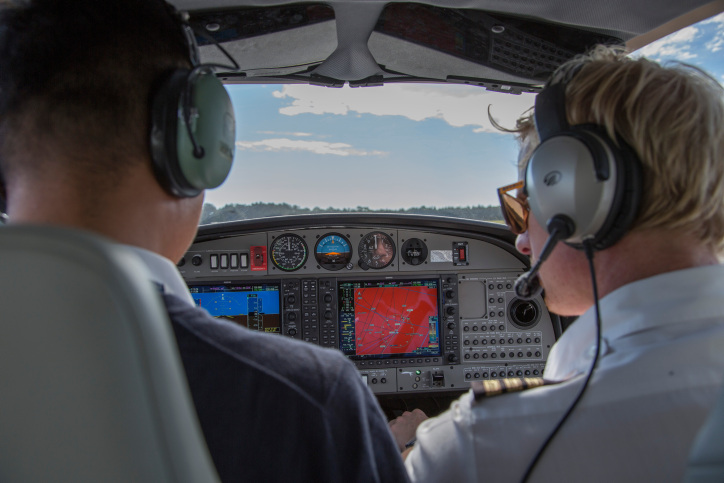
Traffic coordination and awareness
The difference in speed and manoeuvrability between transport category aircraft and light aircraft presents challenges in shared airspace.
Learmonth points out that transport aircraft, including turboprops and jets, can reach speeds of 250 knots below 10,000 feet, covering up to 4 miles per minute. This means they can arrive at the circuit within just 7 minutes of their inbound calls, often made up to 30 nautical miles from the airport.
Some key considerations for pilots include:
- Converging traffic: at a combined closing speed of 360 knots, 2 aircraft 10 miles apart can collide in 90 seconds.
- Circuit size and altitude: larger aircraft typically fly wider circuits at 1,500 ft AGL, with final approach speeds of approximately 120 knots.
- Instrument approaches: larger aircraft often join final via an instrument approach, which provides a stable descent path and reduces circuit conflicts. While circuit traffic has the legal right of way, early communication helps to sequence arrivals smoothly.
- Missed approaches: during go-arounds, larger aircraft may pass through the circuit altitude within 20–30 seconds. Keeping missed approach paths clear is essential for safety.
Goodall offers practical tips for managing separation:
- Extend crosswind or downwind legs to help separation but avoid turning base too early.
- Understand the higher speeds, wider turn radii, and limited visibility of larger aircraft.
- Delay your arrival or use orbits away from busy circuits if necessary.
- Stay clear of the ’dead side’ of the runway centreline.
- Ensure your transponder is in ALT mode, as larger aircraft rely on TCAS systems to detect traffic.
Radio communication and approach
Effective radio communication is vital for maintaining situational awareness and preventing collisions.
Learmonth highlights the importance of using radios not just for position reporting but also to understand the intentions of other aircraft.
’If needed, don’t hesitate to use the radio to request more information from other pilots about their position or intentions,’ he advises.
He also recommends avoiding references to local landmarks or waypoints that IFR pilots may not recognise. Instead, use compass quadrants and distances, such as ’5 miles to the south-east,’ to describe your position.
Goodall provides additional tips for concise and effective radio calls:
- Inbound calls: announce your quadrant, distance, and ETA when making inbound calls. Provide updates as you approach the circuit.
- Frequency accuracy: use the Aerodrome Frequency Response Unit (AFRU) to confirm you are on the correct CTAF frequency.
- Understand speed differences: commercial aircraft often travel significantly faster than light aircraft. For example, a Dash 8 can cover 15 nm in 3–4 minutes, while a Cherokee takes about 9 minutes. Focus on commercial aircraft ETAs rather than track miles to improve situational awareness.
- RNAV approaches: these often start 15 nm out and position aircraft on a 10 nm final. Avoid cutting in front of commercial traffic within 5 nm, as this may force them to execute a go-around.
- Go-arounds: during missed approaches, transport aircraft follow specific paths and rarely rejoin the circuit. Crews may lose visibility due to high nose-up attitudes, so keeping these paths clear is critical.
While radio broadcasts are essential, Learmonth suggests enhancing situational awareness through technology. Apps like OzRunways, AvPlan, and AvTraffic can display ADS-B traffic information, helping pilots to visualise nearby aircraft. These tools can also aid pre-departure planning by identifying traffic already in the vicinity or inbound.
Sharing the air safely with commercial operations at regional airports requires thorough preparation, an understanding of traffic coordination and effective communication.
By applying these strategies, pilots can confidently navigate the complexities of mixed-use airspace while ensuring safety for all.
Flight planning resources
Flight planning is one of the focus topics of CASA’s ‘Your safety is in your hands’ campaign. For more insights on thorough flight planning, be sure to visit the pilot safety hub.

